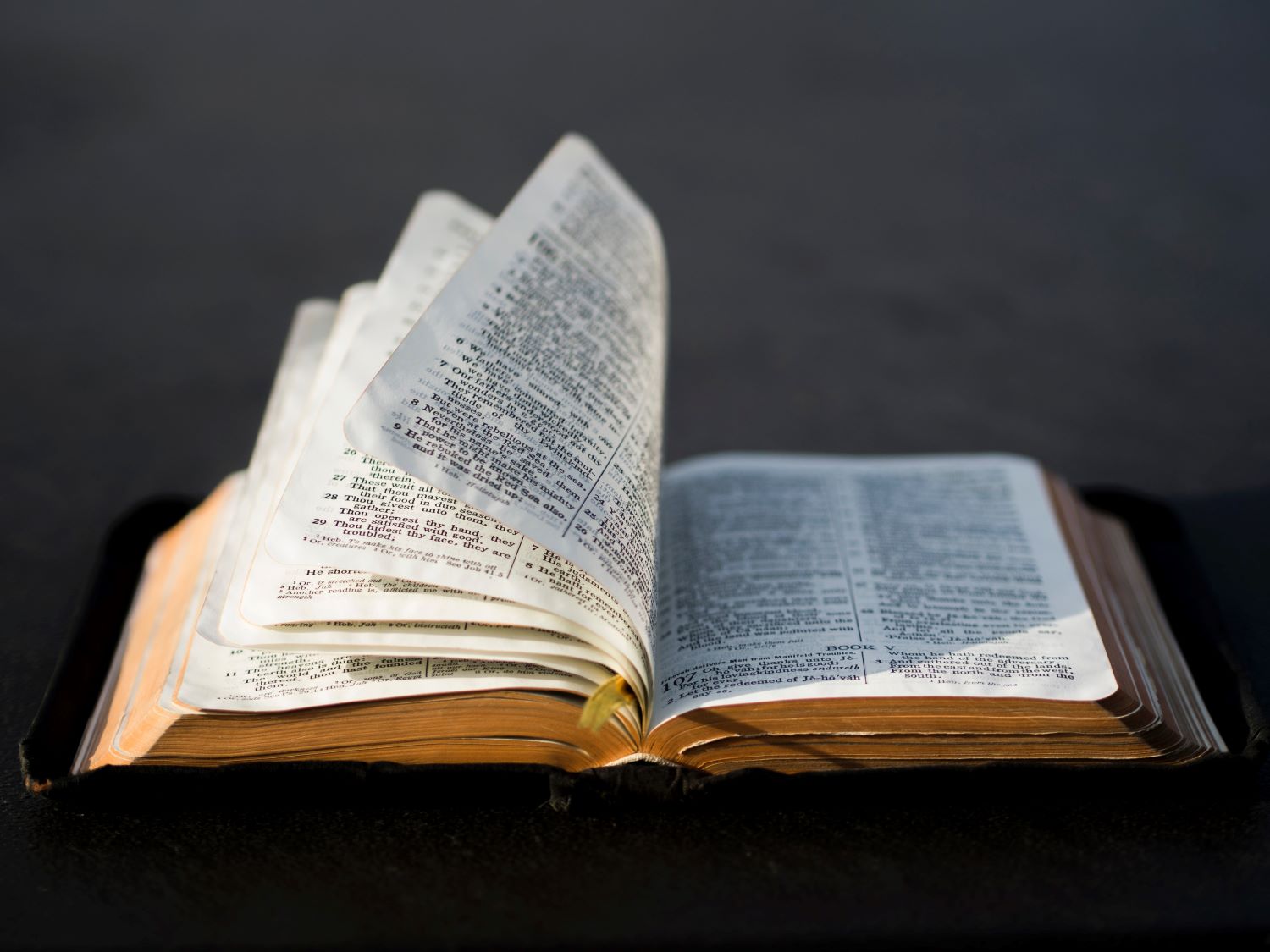Editor’s note: This post is part of a series featuring outstanding excerpts from student papers at the BibleMesh Institute, which offers affordable online training for local churches, schools, and ministries. The author’s name has been withheld for privacy and security purposes. She serves as a missionary in Southeast Asia.
Even though the Bible never uses the term Trinity, the concept of a single, triune God is woven throughout its pages from the Old Testament to the New Testament and revealed in a progressive fashion.
Old Testament
In the opening passages of Scripture, God’s Spirit is referenced as “hovering over the face of the waters” (Gn 1:2) in the creation account. Additionally, in the creation story God states, “Let us make man in our image” (Gn 1:27), suggesting a plurality of persons within the singular Godhead. Further references in Gn 3:22 (“Behold, the man has become like one of us in knowing good and evil”) and Is 6:8 (“Whom shall I send, and who will go for us?”) indicate a plurality of persons. Other Old Testament passages indicate two persons are named God or Lord, as in David’s song, “the LORD says to my Lord: ‘Sit at my right hand, until I make your enemies your footstool’” (Ps 110:1). Erik Thoennes notes, “The God who is set above his companions (Ps. 45:6) and the Lord of Psalm 110:1 are recognized as Christ in the NT (Heb. 1:8,13). Christ himself applies Psalm 110:1 to himself in (Mt.22:41-46).”[1] Further passages allude to the divine Messiah who comes from Yahweh (Prv. 8:22-31; Dn 7:13-14).
New Testament
Even as the Old Testament hints at the plurality within the Godhead, the fullest representation of the Trinity is in the New Testament, “where the deity and distinct personalities of the Father, Son and Spirit function together in perfect unity and equality.”[2] One of the clearest passages demonstrating this truth is found in Jesus’ baptismal account, where He is publicly declared to be the Son of God by the voice of the Father and affirmed by God’s Spirit in the form of a dove (Mt 3:13-17). In this scene, all three persons of the Trinity are present and each one is performing a different function. Furthermore, the New Testament authors use a Trinitarian cadence in writing about the work of God. Paul’s benediction to the Corinthian church includes all three persons of God, “The grace of the Lord Jesus Christ and the love of God and the fellowship of the Holy Spirit be with you all” (2 Cor 13:14). Likewise, Peter greets the churches of Asia Minor with, “To those who are elect exiles…according to the foreknowledge of God the Father, in the sanctification of the Spirit, for obedience to Jesus Christ…Blessed be the God and Father of our Lord Jesus Christ!”(1 Pt 1:1-3). Similarly, John writes, “By this we know that we abide in him and he in us, because he has given us of his Spirit. And we have seen and testify that the Father has sent his Son to be the Savior of the world” (1 Jn 4:13-14). Finally, Matthew records Jesus himself commanding His followers to use a Trinitarian structure in the Great Commission: “Go therefore and make disciples of all nations, baptizing them in the name of the Father and of the Son and of the Holy Spirit” (Mt 28:19).
From the myriad passages in both Testaments, we understand the entirety of Scripture to reveal the Trinitarian nature of God as one essence, with three equal and distinct persons. The biblical data can be boiled down to what Thoennes called “four essential affirmations”:
- There is one and only one true and living God.
- This one God eternally exists in three persons—God the Father, God the Son, and God the Holy Spirit.
- These three persons are completely equal in attributes, each with the same divine nature.
- While each person is fully and completely God, the persons are not identical.[3]
[1] Erik Thoennes, “Biblical Doctrine: An Overview,” in The ESV Study Bible (Wheaton: Crossway, 2008), 2514.
[2] Ibid.
[3] Ibid., 2513.
